For Tuesday and Thursday, Oct 8 and 10:
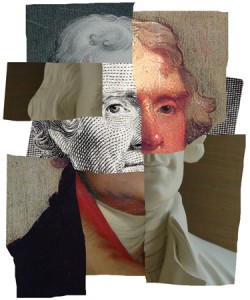 Reading: there’s a lot. All the readings are found in a folder under Unit 2 on Blackboard. Many thanks to Dr. Daron Barnard for his expert guidance on the genetics of this case in our Tuesday class.
Reading: there’s a lot. All the readings are found in a folder under Unit 2 on Blackboard. Many thanks to Dr. Daron Barnard for his expert guidance on the genetics of this case in our Tuesday class.
Begin with Williams “Genetic Evidence” for an overview of this controversy. Then read:
Maura Singleton, “Anatomy of a Mystery: The Jefferson-Hemings Controversy in the Post-DNA Era,” UVA Magazine Fall 2007.
Eugene Foster et al, “Jefferson Fathered Slave’s Last Child,” Nature Vol 396, 5 November 1998;
“James Callendar’s Reports,” published in 1802 – (sorry for the poor-quality PDF reproduction). These are transcripts of the original primary sources that all Jefferson-Hemings scholars have to come back to. What do you make of them? What conclusions would you (or WOULDN’T you) draw from them?
Optional reading: Steven Shepard et al, “A Case Study in Historical Epistemology: What Did the Neighbors Know About Thomas Jefferson and Sally Hemings,” in Historical Knowledge, Historical Error: A Contemporary Guide to Practice (U Chicago, 2007).
Want more? Annette Gordon-Reed, mentioned in the UVA article, is the author of two outstandingly researched books on this topic. The first, Thomas Jefferson and Sally Hemings: An American Controversy, was published in 1998, before the DNA evidence was made public. In it she argued (from the documentary evidence alone) that it was likely that Hemings and Jefferson had a sexual relationship and that he was the father of at least some of her children. The second won the Pulitzer Prize in 2009, The Hemingses of Monticello: An American Family, which Publisher’s Weekly called “a scholar’s book: serious, thick, complex” – which also revealed that Sally Hemings was a biological half-sister to Thomas Jefferson’s wife Martha.
In 1986, B. R. Burg wrote a scathing article for Phylon, reviewing bias and rhetoric in how historians had treated Jefferson’s alleged affair with Hemings over time. He noted that historians used words like “illicit affair” or “indiscretion” when they talked about Jefferson (or Hamilton’s, or other white men’s) extramarital activity with white women (even with married white women), but chose words like “vulgar liaison” to refer to the same kind of activity with the enslaved Sally Hemings. In the accounts of the historians he analyzed, white women had “families” or “children,” while Hemings had a “brood.” Burg argues that this was, in part, a product of the racial politics of the times in which these historians wrote – a charge that should give us plenty to talk about in class.
Link to the New York Times 1619 Project and podcasts mentioned in class
Thursday 10/10 – Laptop Workshop – use class time to explore one or more of these questions
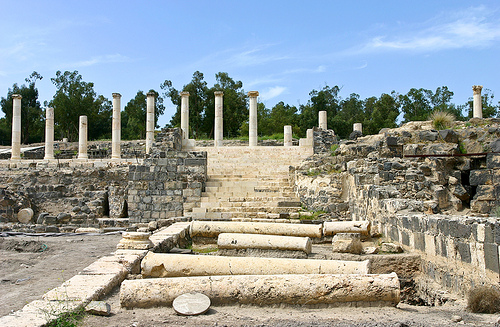 1) To what extent are the Jewish people a genetically distinct group whose ancestry can be traced to the land now known as Israel?
1) To what extent are the Jewish people a genetically distinct group whose ancestry can be traced to the land now known as Israel?
Jewish Researcher Attacks DNA Evidence Linking Jews to Israel (Genetic Literacy Project, 2013)
“A Mosaic of People: The Jewish Story and a Reassessment of the DNA Evidence” (Journal of Genetic Genealogy, 2005)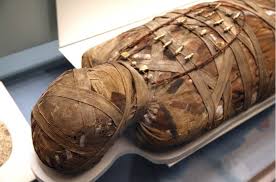
2) What can genetics tell us about Egyptian mummies?
“Egyptian Mummies Yield Genetic Secrets” (Nature, 2013)
“The Mummy Code” (The Scientist, 2013)
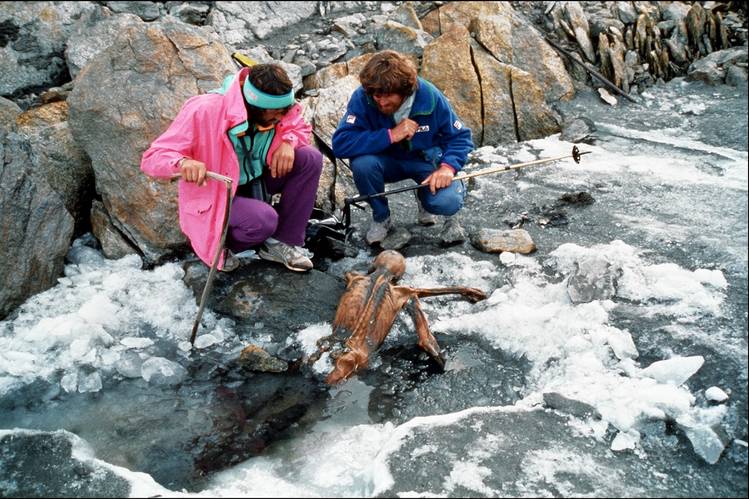 3) Who were early Europeans and what can we know about them from genetic evidence?
3) Who were early Europeans and what can we know about them from genetic evidence?
“Who Killed the Men of England” in the 4th Century AD? (Harvard Magazine, 2009)
“Modern Europe’s Genetic History Starts in the Stone Age” (National Geographic, 2013)
“Scientists Say Otzi the Iceman Has Living Relatives, 5300 Years Later” (NBC News, 2013)
“The Iceman’s Last Meal” (NOVA, 1998)
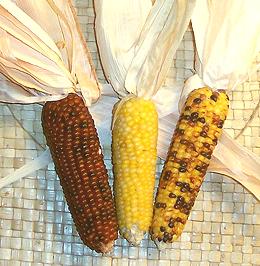 4) How can science and genetics help us understand plant domestication? (i.e. who invented corn?)
4) How can science and genetics help us understand plant domestication? (i.e. who invented corn?)
The Evolution of Corn (University of Utah Genetic Science Learning Center)
“Tracking the Ancestry of Corn Back 9000 Years” (New York Times, 2010)
“DNA Evidence from 5310-Year-Old Corn Cob Fills Gaps in History” (Science Daily, 2016)
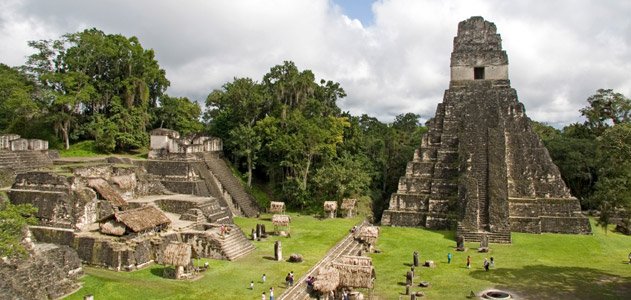 5) A Case of Science / History “Fake News”…?
5) A Case of Science / History “Fake News”…?
“Canadian Teenager Star Pupil Finds Lost Mayan City by Studying Ancient Charts of the Night Sky from his Bedroom” The Telegraph, May 2016
“Experts Say Teen’s ‘Discovery’ of a Mayan City is a Very Western Mistake” (National Geographic, May 2016)
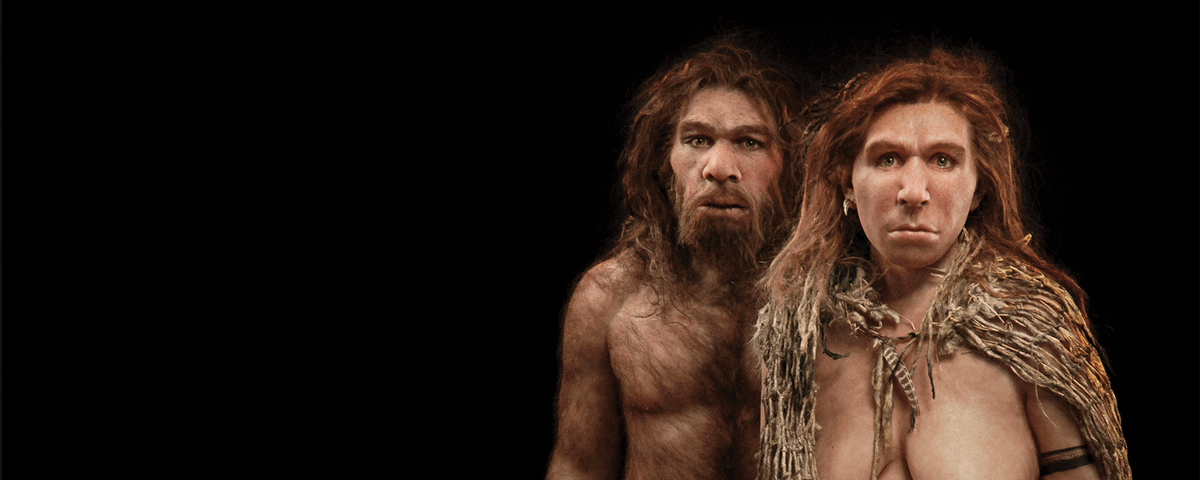 6) More Nature articles: Neanderthal Genealogy
6) More Nature articles: Neanderthal Genealogy
Using WSU library resources, track down and read two articles from Nature that Dr. Barnard mentioned on Tuesday. Their titles are:
“The complete genome sequence of a Neanderthal from the Altai mountains”
and
“An early modern human from Romania with a recent Neanderthal ancestor”
Then, explore how these articles were covered in the news at the time.
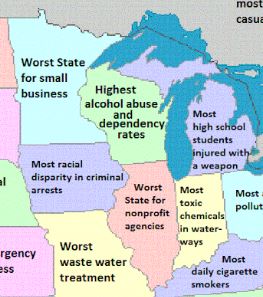
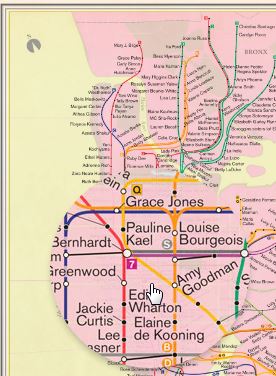
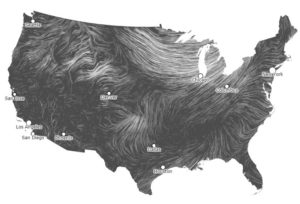
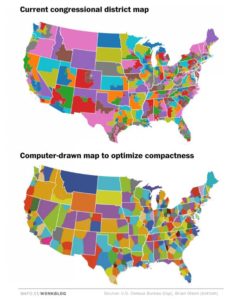






 1) To what extent are the Jewish people a genetically distinct group whose ancestry can be traced to the land now known as Israel?
1) To what extent are the Jewish people a genetically distinct group whose ancestry can be traced to the land now known as Israel? 
 3) Who were early Europeans and what can we know about them from genetic evidence?
3) Who were early Europeans and what can we know about them from genetic evidence?  4) How can science and genetics help us understand plant domestication? (i.e. who invented corn?)
4) How can science and genetics help us understand plant domestication? (i.e. who invented corn?)  5) A Case of Science / History “Fake News”…?
5) A Case of Science / History “Fake News”…?